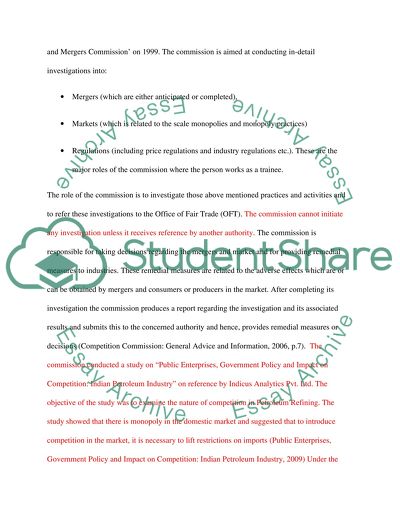Cite this document
(“Certain rules and regulations related to the commercial domain Essay”, n.d.)
Retrieved from https://studentshare.org/law/1394436-business-law
Retrieved from https://studentshare.org/law/1394436-business-law
(Certain Rules and Regulations Related to the Commercial Domain Essay)
https://studentshare.org/law/1394436-business-law.
https://studentshare.org/law/1394436-business-law.
“Certain Rules and Regulations Related to the Commercial Domain Essay”, n.d. https://studentshare.org/law/1394436-business-law.


